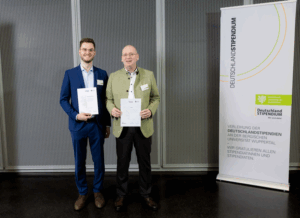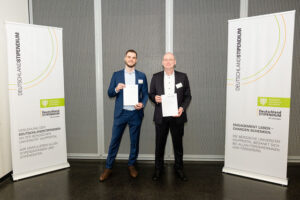To prevent hazards for patients and medical personnel, electrical devices in the healthcare sector must meet special requirements. Therefore, REO offers standard-compliant devices specifically for this sector. For example, by complying with the EN IEC 60601-1 standard, REO makes an important contribution to the safe use of electrical components.
Steve Hughes, Managing Director of REO UK, explains the EN 60601-1 standard and how it contributes to the safety of patients and nursing staff: “The EN 60101-1 standard is the first part of a group of standards that includes the essential performance characteristics, electromagnetic compatibility, and safety of medical devices and systems. This applies to all devices that either transmit or filter energy in the care of patients. This includes a wide range of devices, such as patient monitors, infant incubators, and heart defibrillators.”
EN 60101-1 is the general basic standard for devices that always applies when the device falls within the general scope. However, it is the responsibility of REO designers to understand which secondary and special standards also apply. EN 60601-1-x, for example, is a standard that contains several specific standards that relate directly to the safety of medical devices. For example, EN 60601-1-3 refers to the secondary standard for radiation protection in diagnostic X-ray equipment, which ensures that radiation exposure for patients and operators is kept as low as possible without jeopardizing the benefits of the radiological procedure.
The standard-setting institutions continue to develop the standards in a way that is close to reality. With the EN 60601-1-2 standard, which regulates the basic safety and essential performance characteristics of medical devices and systems in the presence of electromagnetic disturbances, modern smartphones, laptops and other devices with wireless mobile communications are taken into account.
EN 60101-2-x includes a series of standards that apply specifically to different types of medical devices. EN 60601-2-8, for example, contains the specific requirements for the basic safety and essential performance characteristics of therapeutic X-ray equipment operated in the range of 10 kV to MV. Failure to comply with these standards poses a risk of injury when using mains-powered diagnostic, measuring and treatment equipment, as well as when electrically conductive fluids are present for the patient or nursing staff. These are then due to leakage currents resulting from improper grounding and inadequate electrical insulation.
Special products from REO
This means that virtually any device intended for use in a medical environment must be isolated from the mains. Most medical devices are manufactured and tested to be equipped with an isolation transformer, depending on the device class (Class 1 or 2), which offers more safety, less noise and better power quality. To ensure this for more and more manufacturers of medical devices, REO has focused on the development of a range of isolation transformers that are specifically designed for the high demands of the medical sector.
REOMED II is the latest generation of medical isolation transformers that enable most Class 1 devices to pass the “electrical” side of the EN 60601-1 medical standard. It uses polyurethane-coated toroidal cores, which are more efficient and radiate less electromagnetic fields than other designs.
The electrical safety testing of electronic devices remains an important part of the overall validation of medical devices. The EN 60601-1 standard is complex and compliance often requires additional consideration. However, relying on the experience and expertise of REO AG is the first step towards a reliable and safe product.




